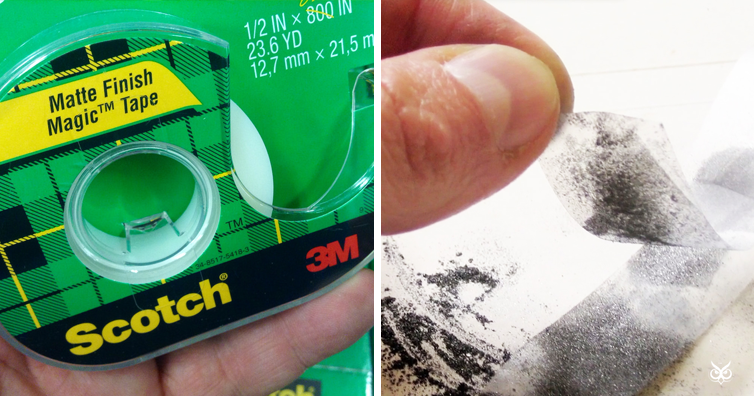Graphene is a powerful material. As a form of carbon, this material is incredibly thin but also the strongest one out there. In fact, it’s so thin that is completely transparent but so compact, that even helium can’t pass through it. It’s conductivity is also astonishing as it performs as well as copper as a conductor of electricity while as a heat conductor, it outperforms all known materials.
You can now understand that it can be used in a number of electronics applications and that’s why scientists have been trying to isolate graphene sheets for years. But there was a problem. They couldn’t figure out how to extract it from a piece of graphite – you know, the same material that’s on every ordinary pencil lead.
But in 2010, researchers Andre Geim and Konstantin Novoselov from the University of Manchester, UK found a rather simple way to extract this powerful material from a piece of graphite. (the article continues after the ad)
By using normal Scotch adhesive tape, the two scientists were able to get a layer of carbon with a thickness of just one atom. This allows for mass production and for a large-scale application of the product. It’s what allows us to produce transparent touch screens, next-gen light panels and some theorize that it may even used in creating solar cells.
This discovery was so important, Geim and Novoselov were awarded with the 2010 Nobel Prize in Physics. At the Nobel announcement, Chalmers University of Technology’s physicist Per Delsing, explained the importance of this discovery with a perfect example. Creating a hypothetical one-square-meter (10,76 square foot) graphene hammock will be enough to support a 4Kg (8.81 pounds) cat. The hammock would just weigh one milligram (0.0000022 pounds), roughly the same weight as one of the cat’s whiskers, and it would be just one atom thick!
Of course, even though using Scotch tape to extract graphene is a simple way to do it, it’s not as as simple as pulling a bit of adhesive tape out of a pencil lead. The method involves some complex techniques and it can only be used on highly oriented pyrolytic graphite. But still, the “scotch tape” method is quite impressive, isn’t it?
If you like what you read, then you will definitely love this one: Marie Curie’s Notebooks Will Stay Radioactive For Another 1,500 Years
Photo: Mike Mozart / Flickr, FastCo Design
Photoshop: I’m A Useless Info Junkie
Sources: The Nobel Prize in Physics 2010 | Graphene Researchers Geim and Novoselov Win Nobel Prize in Physics [Updated] | How does adhesive tape win a Nobel Prize?



